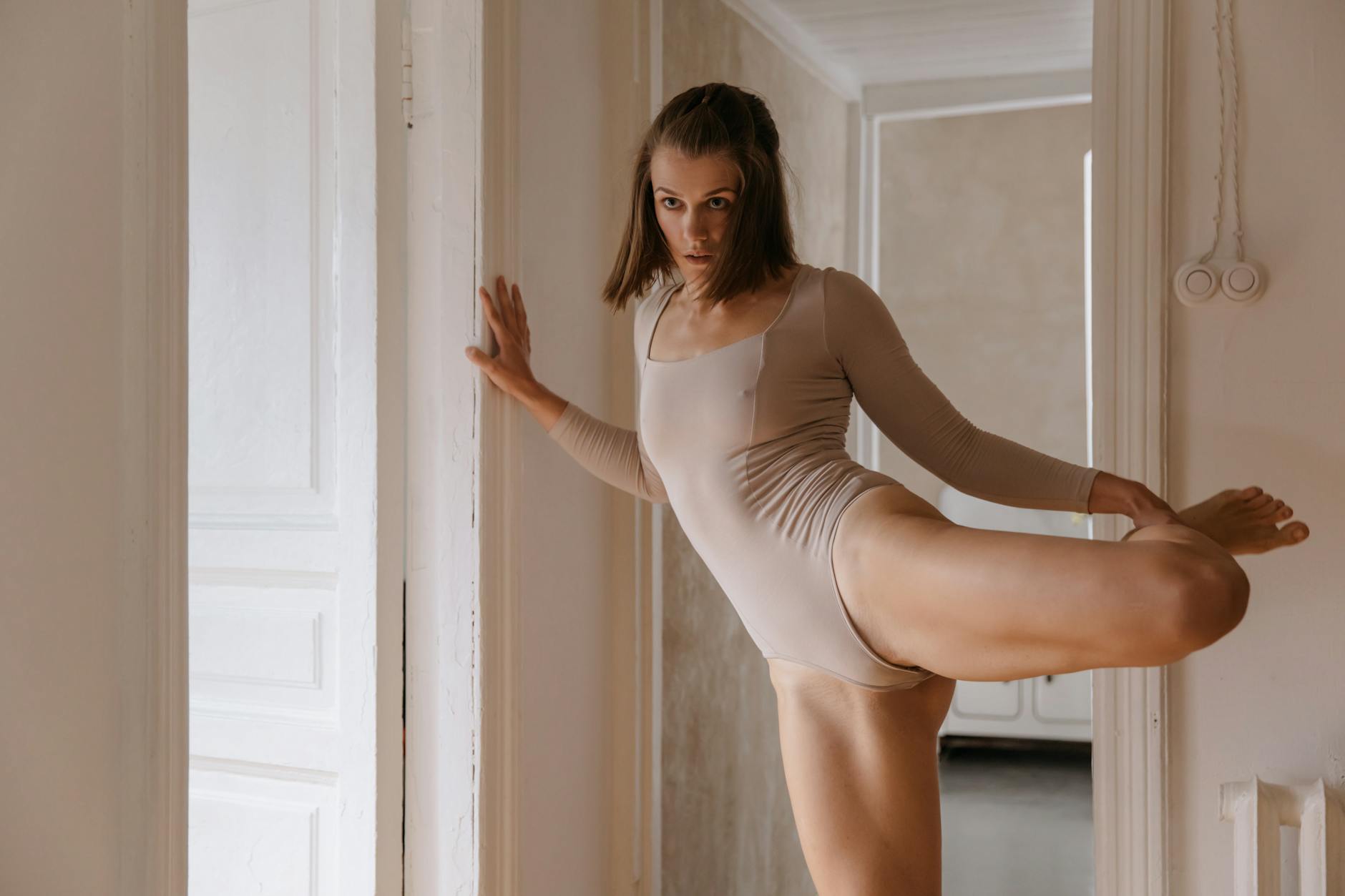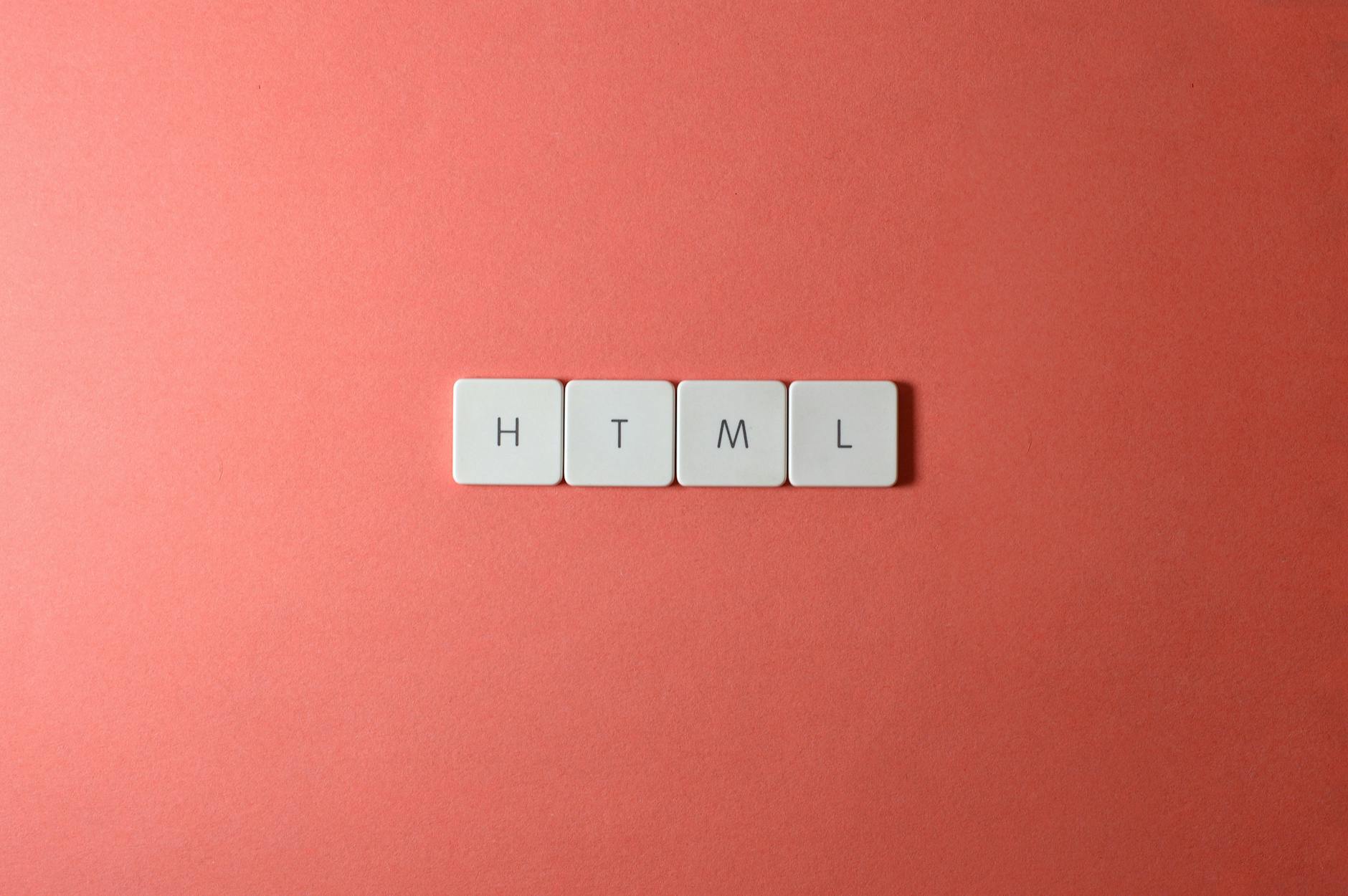In the realm of web design, the eternal struggle between performance and aesthetics often takes center stage. Designers are tasked with creating visually appealing websites that also function seamlessly, ensuring optimum user experience. As the digital landscape continues to evolve, the expectation placed upon web designers grows, demanding a delicate balance between how a site looks and how it operates. The following sections will explore the significance of both performance and aesthetics in web design, how they can coexist without compromise, and effective strategies for achieving this harmony. Ultimately, this examination aims to provide a roadmap for designers to create websites that are not only stunning but also efficient and user-friendly.
The importance of performance
Performance is the backbone of any successful website. A site that loads slowly or has glitches can frustrate users, leading to high bounce rates and lost conversions. Research shows that a mere one-second delay in page load time can reduce customer satisfaction by 16 percent and decrease conversions by up to 7 percent. Further, Google’s algorithms prioritize fast-loading sites, making performance crucial not only for user retention but for SEO rankings as well. Additionally, optimizing performance means enhancing overall accessibility, allowing users from different backgrounds and devices to interact with the site seamlessly. By focusing on fast load times, responsive design, and efficient coding, websites can significantly enhance user engagement.
The allure of aesthetics
Aesthetics play a pivotal role in the way users perceive a website. A beautifully designed site can captivate visitors, setting the stage for lasting impressions and brand loyalty. Elements such as color schemes, typography, and image selection contribute to the emotional response of users. According to studies, 94% of first impressions are design-related, highlighting the importance of a well-crafted visual appearance. It is essential to create designs that not only look good but also convey the brand’s identity and values. An aesthetically pleasing layout can guide users through the site, encouraging them to explore further and ultimately convert. Therefore, aesthetics should never be an afterthought; they must be integrated early into the design process to align with performance goals.
Finding the balance
Achieving harmony between performance and aesthetics requires a strategic approach. Begin by prioritizing performance in the design phase. Use lightweight images and optimize multimedia elements to prevent them from slowing down the site. Additionally, consider utilizing scalable vector graphics (SVGs) which maintain quality without sacrificing load speed. Another key aspect is implementing responsive design techniques to ensure that your aesthetics look impressive regardless of the device. Beyond design, using content delivery networks (CDNs) and efficient coding practices can significantly enhance performance while allowing for a more visually appealing site. Through iterative testing and user feedback, designers can refine both aesthetic elements and performance metrics, resulting in a cohesive website experience.
Best practices for design
To achieve the perfect harmony in web design, several best practices can be implemented:
- Prioritize speed: Use tools like Google PageSpeed Insights to analyze and improve load times.
- Responsive design: Ensure your website is mobile-friendly, providing a seamless experience on all devices.
- Minimalistic design: Embrace simplicity; unnecessary elements can distract users and drag performance down.
- Optimize images: Compress images and use proper formats to enhance loading without compromising quality.
- Consistent branding: Maintain a cohesive style to strengthen brand recognition while ensuring usability.
The future of web design
Looking ahead, the advancements in technology will further challenge designers to tread the fine line between aesthetics and performance. Innovations such as artificial intelligence and machine learning are already aiding in user analytics and personalized experiences, while tools that automate performance optimization are becoming more prevalent. As the internet of things (IoT) expands, understanding user behavior across devices will be essential. The focus should remain on creating websites that not only represent brand identity richly but also enhance user experience and engagement. By fostering this synergy, designers can pave the way for a future in web design where performance and aesthetics are not just aligned but interdependent.
In conclusion, striking the perfect balance between performance and aesthetics is crucial for effective web design. The relationship between the two is not adversarial; instead, they can elevate user experience when executed in harmony. Prioritizing performance can lead to improved site speed and accessibility, while stunning aesthetics draw users in and create a memorable experience. By employing best practices, continuously evolving with technology, and keeping the user at the forefront of design decisions, designers can craft engaging websites that look exceptional and perform efficiently. Embracing both elements ensures that users remain satisfied, loyal, and ready to convert.
Image by: Thirdman
https://www.pexels.com/@thirdman




